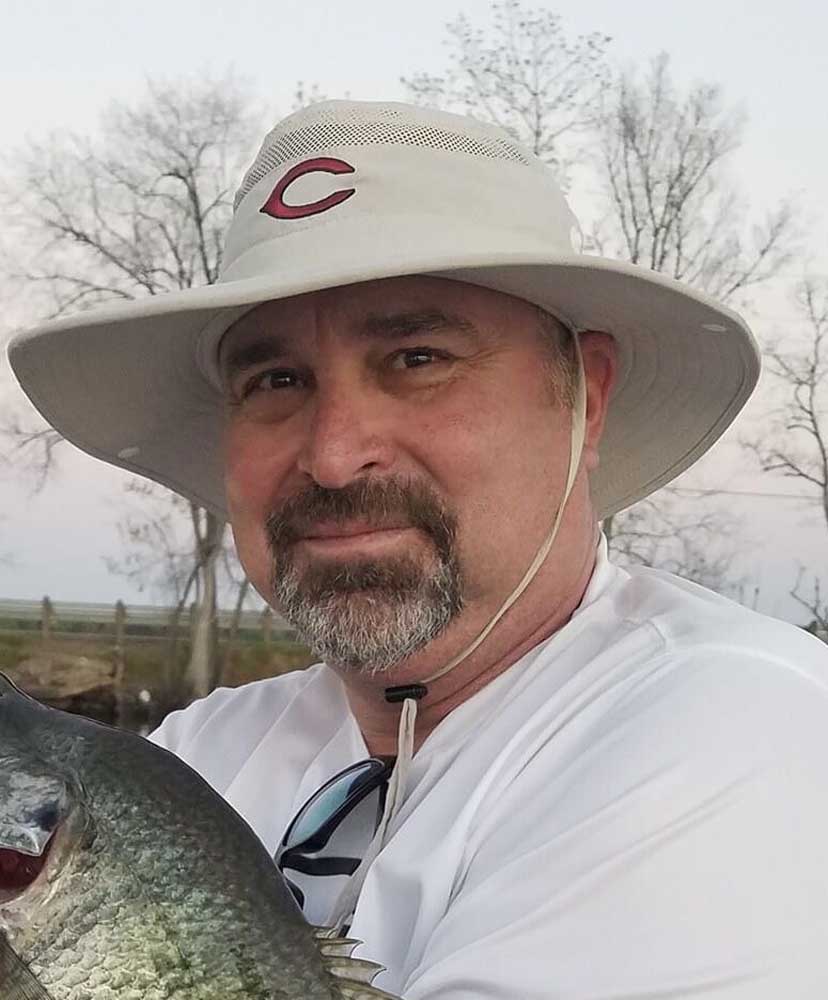Wade fishing, East Texas style
Published 12:35 pm Thursday, April 18, 2024

- chrissmithmug.JPG
The term ”wade fishing” brings to mind a shallow, saltwater event.
Wade fishing in the bays or surf wading are an extremely popular way to string up Spotted Sea Trout, Flounder or Redfish. There is however a growing number of East Texas anglers wade fishing right here at home.
Trending
Primarily these folks are chasing spawning crappie. Crappie are well known to spawn in the shallows near willows, reeds or buck brush. Access to these slabs is limited but only if you stay in the boat. Leave to East Texas anglers to put a sweet water twist on the age old saltwater tactic.
Everyone that has ever tried to fish from the bank in a brushy area can realize the advantage fishing the same areas from the “other” direction.
Many of the wade fishing anglers arrive in their boat to their targeted area. Tying up the boat and easing over the side with their tools for this job. Slowly easing through the thickest cover placing their offering in only the “sweet” spots. This is especially true if there is a high water event.
A lake that is just a few feet higher than normal will have acres of “new” water. Another ideal scenario is the brush wall with open water behind it. Standing in the water and placing a jig in the heart of the cover is a piece of cake compared to casting or pitching it from a boat.
The advantages are obvious but wading is not for everyone. Some use waders and stay dry while others use the denim waders with football cleats to help with footing.
Whatever you decide to wear, here are a few ideas for tackle. There are different tactics for wade fishing. One group uses an 8 to 12 foot rod with a small spinning reel and some use a fly outfit. These folks dabble a small jig in and out of the buggy whips, buck brush or willows. Water depth is obviously shallow so swimming your jig in and out of small holes and pockets is easily done 8-12 feet away from you.
Trending
Others prefer a shorter rod in the 5 foot range. This allows the angler move the bait in and around the brush without dealing with the additional footage in tight areas. I like to use lightweight braid (10-15 pound test) for this work. A small bobber can be added above a 1/16 ounce jig or a small hook with live bait. This bobber will also help keep the bait in the strike zone longer.
Crappie aren’t the only game in the thick shallows and occasionally a big largemouth or catfish can wreck your fun and leave with your gear. In fact, Bowfin seem to be insulted by a crappie jig or perhaps they collect them. I know they like to take the jig with them when they depart.
Bream are also present in these areas and many large bedding areas are only accessible by wading.
It wouldn’t be an East Texas water body if we didn’t talk about snake encounters. It’s pretty simple, they live there and you cannot run so expect them to be curious. What you do if they engage is up to you. Most likely it will be a diamondback water snake.
Completely nonvenomous and not aggressive but have probably injured more outdoor enthusiasts than all other snakes combined. Broken fingers, bruised ankles and pulled muscles all occur when one swims up to introduce itself.
Good luck and be safe.







